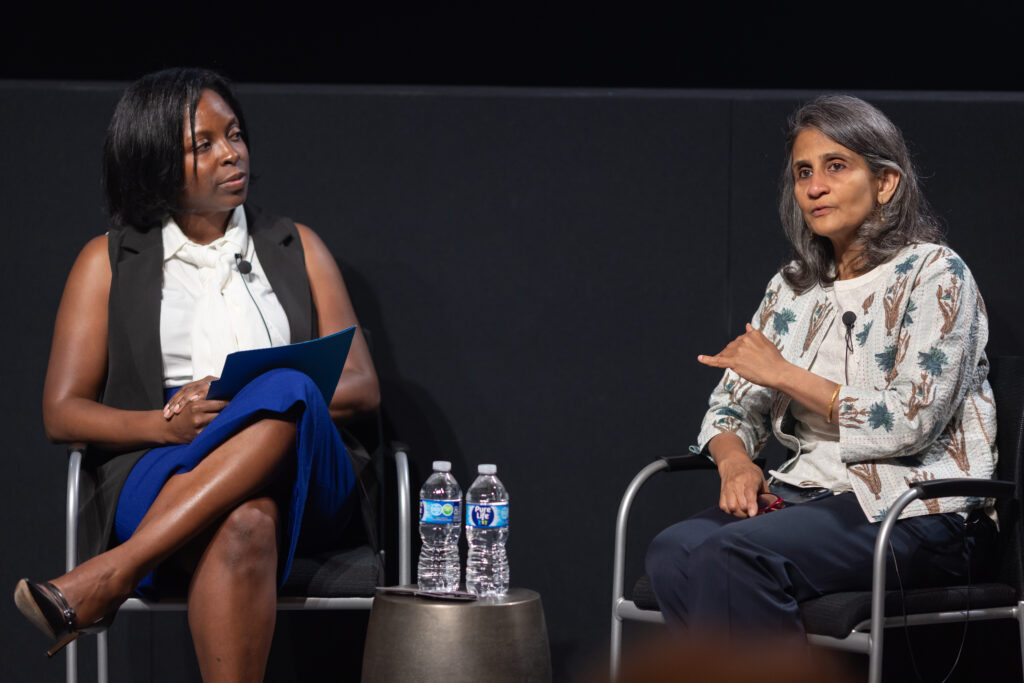Tomorrow, NCTA President & CEO Michael Powell will testify before the Senate Committee on Commerce, Science and Transportation on the state of the television and video marketplace. As Powell lays out in his testimony, the evolution of the video programming marketplace from an analog broadcast medium to today’s digital and increasingly online space has created “a world of robust competition, constant innovation, and significant changes in consumer experiences and preferences.” Along with this new world of competition and consumer choice have come changes in how video and content providers operate in the marketplace. Powell explains that while TV providers in the past had to own a distribution infrastructure in order to provide a video service, now content services proliferate freely over the internet and streaming services like Netflix, Amazon and Hulu are now among the largest video providers in the country.
The explosion of new video services has led to an expansion in television content, Powell continues:
“We are awash with content of every genre, to satisfy every conceivable preference. And every company is grappling with the disorienting and fast changes that are twisting with creative destruction. It is hard to know who the corporate winners will be when the dust settles, but the mega winner is certainly the consumer.”
While cable used to dominate the pay TV marketplace, says Powell, this is no longer the case as the industry has had to rise to the challenge of cord-cutting and increasing content costs. But as Powell explains, the industry has learned to adapt to these challenges:
“Cable continues to be an important presence in the video market and has taken major steps to hold and increase the value of its service to consumers.”
The industry provides video service to 50 million homes across the country and invests millions of dollars every year to develop new products and services and to enhance the user experience. Powell adds that this investment and commitment goes hand in hand with broadband connectivity, as cable operators work tirelessly to upgrade their infrastructure to support the cable and online video services that consumers want. Gigabit speeds are now available in 80 percent of U.S. homes, and 10G—the industry’s initiative to bring 10 gigabit speeds to homes in the near future—will once again revolutionize the marketplace.
Video competition is alive and well, and every player in the video marketplace is better for it. But Powell asserts that this kind of transformation demands that we re-examine the regulatory framework that was put in place under a vastly different set of facts.
As Powell testifies, “At some point, policymakers have to recognize that fair competition can only be advanced when obligations are appropriately matched to the free-wheeling competitive bazaar of today, and not the mythology of a world from almost 30 years ago.” The streaming services and other video providers that have gained so much momentum in recent years are not bound to the same strict regulations as cable operators and programmers. “Wrestling to create greater parity, consistency and overall regulatory harmony will be essential,” he urges.
Tomorrow’s hearing is a good step forward towards understanding today’s thriving video marketplace. And as Powell says, it is also a good time to think about the policy questions that need to be considered in order to continue its progress.








